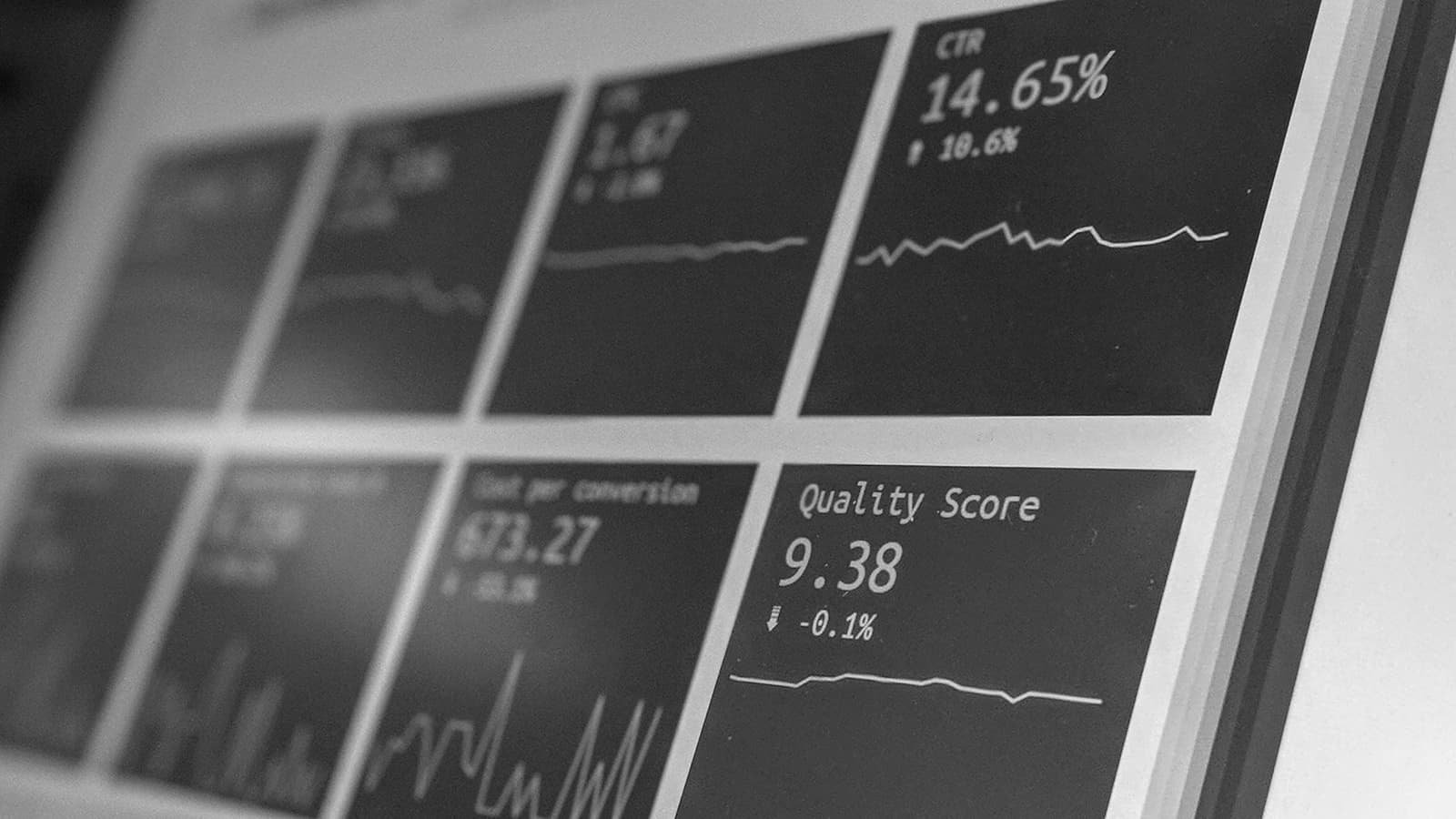
Webgunearen segurtasun-proba.
Webgunearen eta aplikazioen ahultasunen azterketa – Sarean sartzeko probak – Doako webgunearen segurtasun-egiaztapena
Webgunearen segurtasun-probak
Identifikatu automatikoki zure web aplikazioetan eta azpiegituretan segurtasun ahuleziak. Bilatu saioa hasteko orri baten atzean akatsak estaldura osoa lortzeko..
METRIKOAK
Zure webgunean sakontzen dugu eta analisiak eraikitzen ditugu eta zure lineako audientzia bermatuko duen prozesu bat ezartzen dugu eta zure diru-sarrerak handituko ditu..
Saltzaileen Arriskuen kudeaketa
Ebaluatu zure lineako saltzaileek eta bazkideek eraikitzen dizkizuten soluzioen segurtasuna
webgunea pirateatu eta datu-urraketak
Enpresa txikiei presentzia digital segurua eraikitzen laguntzen diegu, lineako plataforma seguru arrakastatsu baten hiru elementu nagusitan arreta jarriz.

Emaitzak lortzen ditugu.
Gure ibilbide frogatua zure negozioa bermatuko du.






Babestu zure lineako ondarea Webgunearen Segurtasun Proba Aholkularitzarekin
.
Webgunearen segurtasun-probak: A Crucial Step in Modern Cyber Defense
In today’s digital landscape, website security testing is essential for organizations aiming to protect sensitive data and maintain user trust. This proactive process identifies vulnerabilities in web applications before malicious actors can exploit them. Website security testing typically involves vulnerability scanning, penetration testing, code reviews, and configuration assessments to ensure that web systems can withstand cyber threats.
Governments and industries worldwide recognize the importance of standardized cybersecurity frameworks. In the UK, the Cyber Essentials scheme provides a baseline for good cybersecurity hygiene. It helps organizations guard against common threats like phishing, malware, and password attacks. Achieving Cyber Essentials certification demonstrates a commitment to safeguarding data and systems—a critical factor for UK government suppliers.
In the United States, the Cyber Trust Marka is a new initiative developed by the Federal Communications Commission (FCC) to improve cybersecurity transparency in consumer Internet of Things (IoT) devices. While not specific to websites, this mark reflects the broader trend of public accountability in digital security and serves as a model for transparent cybersecurity standards.
For organizations working with the U.S. Department of Defense, CMMC 2.0 (Zibersegurtasun Heldutasun Ereduaren Ziurtagiria) is the prevailing standard. It assesses contractors’ ability to protect Kontratu Federalaren Informazioa (FCI) eta Sailkatu gabeko Informazio Kontrolatua (ZEIN) through a tiered system of cybersecurity practices. CMMC 2.0 aligns more closely with the NIST SP 800-171 framework and includes three levels of certification, ranging from foundational to advanced cybersecurity requirements.
Additional certifications help build robust web security programs. The NIST Zibersegurtasun Esparrua (CSF) provides a flexible structure for managing and reducing cybersecurity risks. Professional certifications such as CISSP (Certified Information Systems Security Professional), CompTIA CySA+ (Cybersecurity Analyst), eta CISA (Certified Information Systems Auditor) equip practitioners with the expertise to implement effective security testing, risk assessment, and mitigation strategies.
As cyber threats evolve, website security testing must become a regular practice, not a one-time audit. Aligning with recognized frameworks and certifications strengthens an organization’s cyber resilience and builds trust with stakeholders in both the public and private sectors.